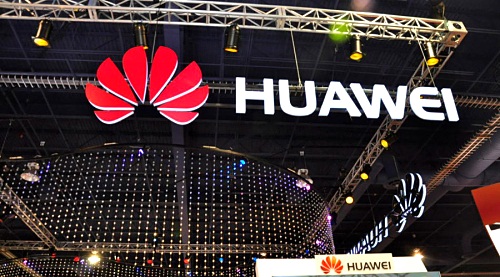
By Henry Hing Lee Chan
US Keeps the Lead in International Patent Filing but the Chinese are Catching Up
The World International Property Organization (WIPO) recently announced that the Chinese company, Huawei, is the leading company in global patent filing in 2015 under the Patent Cooperation Treaty (PCT). The treaty was concluded in 1970 and came into force in 1978. The PCT allows companies to acquire patents in more than 145 PCT member countries at the same time, saving companies from the trouble of multiple national patent applications.
Technical requirements and expenses in PCT global patent filing are much higher than national patent applications. Out of the more than 2.5 million national patent filings in 2015, only 218,000 made it to PCT filings. Applicants must make sure that their patent application are genuinely “novel and inventive” and “carry commercial value” to avoid patent challenges and spend undue financial resources in working out the patents.
There has been a sharp increase in PCT filings. The first one million cases took 26 years to reach in 2004, whereas the two millionth application was filed in 2011. Since 2013, annual case volume exceeds two hundred thousand. The rapid growth in international patent applications highlights the move of intellectual property from the periphery to the center of the global economic system. Many academic researchers now use PCT patent filings as a database when studying a country’s, a company’s, or an educational institution’s technological leadership.
The US has maintained its 38 year leading position as the top source of international patent applications under PCT. In 2016, it filed 57,385 international patent applications, followed by Japan’s 44,235 filings and China’s 29,846 filings. The increase in Chinese patent filings has driven the most recent growth of global patents. Among the top 15 patent origins in 2015, sizeable growth was registered in China (+16.8 percent), South Korea (+11.5 percent), Israel (+7.4 percent), Switzerland (+4.4 percent), Japan (+4.4 percent) and the Netherlands (+3.6 percent).
Asian investment in R&D is clearly bearing fruit, with the growth in patent filings in the 21st century being driven by China, Japan, and South Korea. Asia has more than doubled its share of all PCT applications filed since 2005 and now accounts for 43 percent of the total. Chinese numbers are particularly impressive, growing from a little over 2000 in 2005 by almost 14 times in the period as the country's efforts to foster home-grown innovation began to pay off.
Among the 35 technical fields under PCT filings, computer technology and digital communications saw the largest numbers of filings in 2015, with each exceeding 16,000. Computer technology with 16,385 published applications, or 8.2 percent of the total, accounted for the largest share of PCT applications, followed by digital communications (8 percent) and electronic machinery (7.3 percent). In these three areas, Asian companies lead in two.
Hewlett-Packard is the largest filer of patents for computer technology, followed by Huawei Technologies and Qualcomm. For digital communications, Huawei Technologies, ZTE and Qualcomm are the top applicants. As for electronic machinery, Mitsubishi Electric Corporation of Japan is the largest applicant followed by two other Japanese companies, Panasonic Intellectual Property Management and Toyota Jidosha.
Among corporate applicants, Huawei Technologies leads with 3,898 filings, quite ahead of second placer Qualcomm’s 2,442 and ZTE’s 2,155. Huawei’s technological progress in digital communications and computer technology is astounding. The company was set up in 1987 with an initial capital of RMB 21 thousand, and in 2015, the company spent close to RMB 50 billion (USD 8 billion) in R&D out of its RMB 390 billion (USD 60 billion) revenue.
Eight US universities are among the top 10 educational institution patent filers. The University of California leads with 361 published applications, followed by the Massachusetts Institute of Technology (213) and Johns Hopkins University (170). China’s Tsinghua University leads Asian universities and came in 8th place with 102 patent filings, followed by Japan’s University of Tokyo at 101.





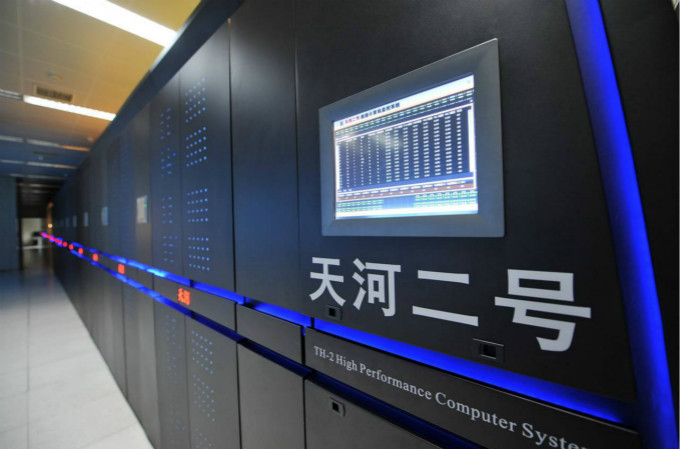
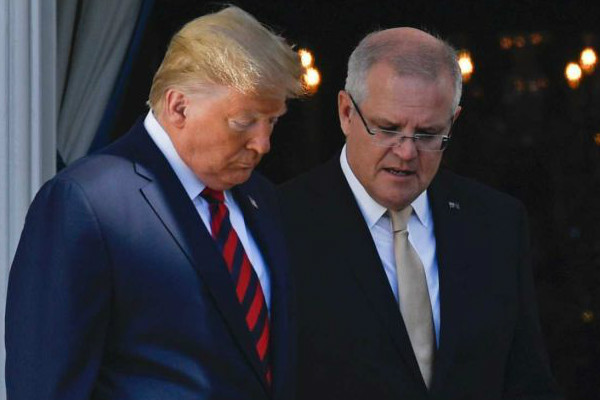

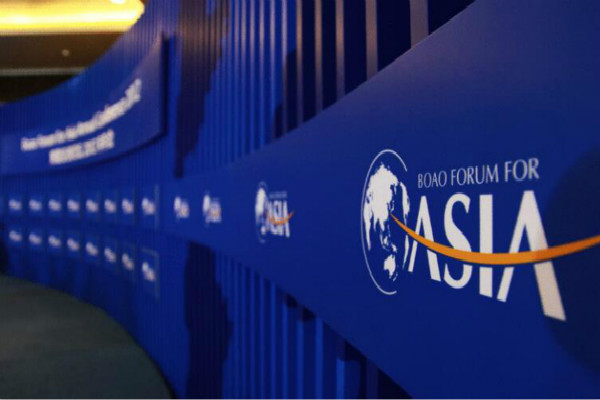







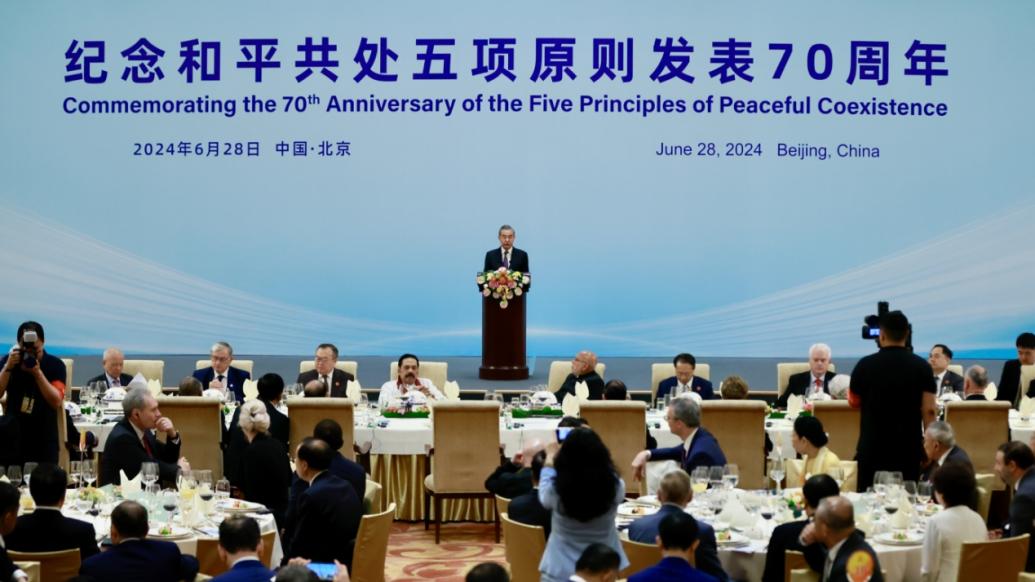

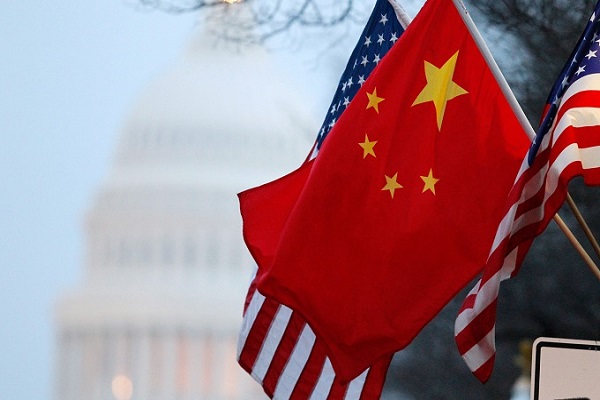


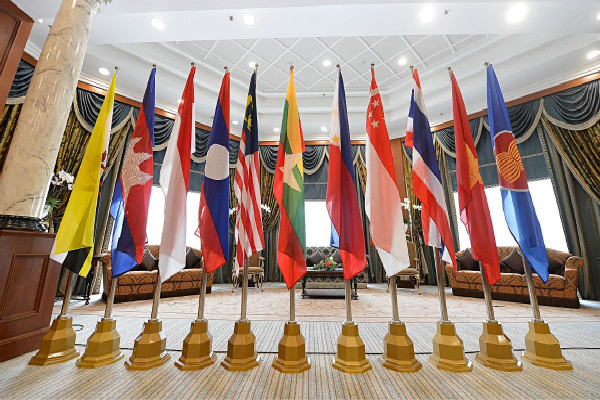
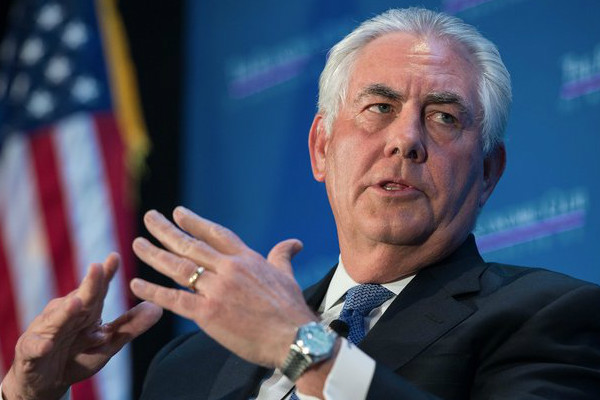

Leave a Reply
Your email address will not be published. Required fields are marked *